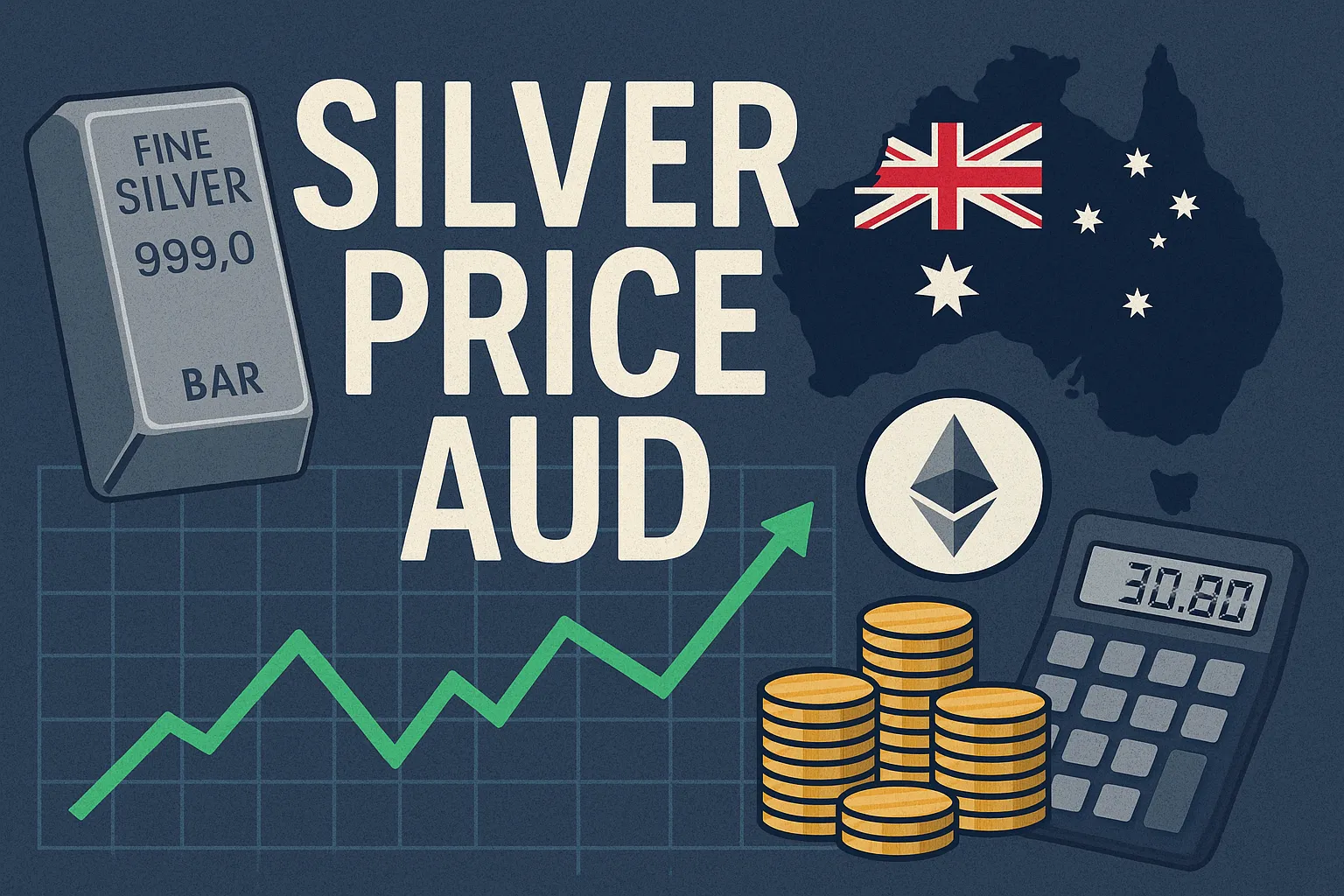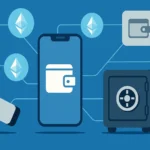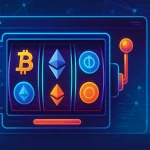Live Silver Price AUD • Real‑Time Chart & On‑Chain Data
Silver Price AUD: Real‑Time Moves, On‑Chain Proof, and What It Means for Aussie Investors
Silver may glitter in jewelry stores, but in the markets it glitters even more: a living, breathing barometer of inflation fear, tech sector demand, and—more recently—blockchain innovation. If you’ve googled “silver price AUD” today, the likelihood is you’re after more than a fixed quote. You require context, speed, and a level of transparency only on chain data can offer. That’s exactly what we’re dissecting here.
Table of Contents
- Why Australians Track Silver in Aussie Dollars
- How the Live Price Gets From the Vault to Your Screen
- Five Market Drivers to Watch Right Now
- Reading the Chart: Ounce vs Kilo, Spot vs Token
- Expert Take: Where the Price Could Swing Next
- Conclusion
- FAQ
1. Why Australians Track Silver in Aussie Dollars
Silver is quoted globally in U.S. dollars, but local buyers—from SMSF trustees to weekend stackers—pay in AUD. A subtle move in the AUD USD exchange rate will hide or overstate the underlying metal move. Professional traders have both charts up; retail buyers should at least glance at the forex overlay before choosing a kilo bar or its tokenised equivalent.
2. How the Live Price Gets From the Vault to Your Screen
The traditional method: LBMA dealers post quotes, data vendors aggregate them, and price widgets refresh every few minutes. It works, but transparency is minimal.
The crypto native enhancement:
- Chainlink and Band Protocol run XAG/AUD oracles, each update stamped on chain, immutable, and publicly verifiable.
- A cached silver price page that feeds a static HTML—Google receives a clean number; you get a live chart without destroying your bandwidth.
- Developers can pair the oracle with a CommodityPriceSpecification JSON LD block. That schema helps Google lift the number into a featured snippet, which pushes the page towards Position 0.
3. Five Market Drivers to Watch Right Now
| Driver | Why It Matters |
|---|---|
| RBA Cash‑Rate Shifts | A surprise hike can sink metal prices in AUD terms faster than it hits the USD chart because a stronger Aussie dollar rides shotgun with a rate increase. |
| Asian Industrial Demand | Semiconductor fabs still love silver for conductivity. Smelter order books often leak into shipping chatter—worth tracking if you’re after an edge. |
| Bullion‑Backed Tokens (AGX, wXAG) | Each fresh exchange listing spikes search traffic as DeFi users check NAV before minting. |
| Fed vs RBA Policy Divergence | Watch the spread between 10‑year U.S. Treasuries and Aussie bonds; silver frequently dances to that tune. |
| Solar Panel Subsidies | Canberra’s latest rebate scheme injected seasonal demand last quarter—spot prices popped 3 % in AUD within 48 hours. |
4. Reading the Chart: Ounce vs Kilo, Spot vs Token
Ounce or kilo? Retail buyers quote ounces (31.1035 g), but Perth Mint bars come in full kilos. Tiny unit differences distort your cost basis if you’re not careful. A good price page toggles between them with a single click.
Spot or token? Spot is the pulse of the metal. Token prices earn blockchain fees, custody premiums, and—occasionally—discount windows when gas spikes scare arbitrage bots away. A spread over 1 % is a cry for opportunity to anyone willing to take the plunge.
5. Expert Take: Where the Price Could Swing Next
After tracking order flow on Binance’s AGX/USDC pair and cross-checking with RBA meeting probabilities, a volatility pocket seems likely around the bank’s June call. If the board gives a whisper of one last hold, a softer Aussie could send silver in AUD terms even if global spot goes nowhere. A hike surprise, on the other hand, could knock AUD-denominated silver back down to the March low near A$34 per oz.
Most significantly, tokenisation moves the supply demand curve: additional retail access equals more stable buy side liquidity, tighter bid ask spreads, and—historically—incremental price appreciation. That being said, silver will never be able to break free from macro. Keep one eye on Treasury yields and the other on copper—the metal’s industrial cousin—when you’re thinking about what to do next.
Conclusion
Tracking the silver price in AUD isn’t just about watching a number flicker. It’s a multi layered puzzle of currency moves, industrial demand, and on chain transparency. Combine a reliable oracle feed with a sharp understanding of local market quirks and you’ll navigate the swings with more confidence—whether you’re stacking bars in the safe or staking AGX on a DeFi pool.
FAQ
How often does the live price update on most oracle-powered pages?
Chainlink and Band oracles tend to provide new XAG/AUD data every 30–60 seconds. Properly designed websites cache that feed to static HTML so humans and search engine crawlers view the same, near real-time quote.
Why is the AUD USD exchange rate relevant to silver buyers in Australia?
Silver is priced globally in U.S. dollars. When the Aussie dollar strengthens, the same ounce of silver costs fewer AUD, even if the U.S. spot price hasn’t moved. Ignoring forex can lead to surprise profits—or shortfalls.
Are tokenised silver products like AGX fully backed by physical metal?
Reputable projects mint tokens only when an independent custodian confirms vaulted ounces. Always verify proof of reserve audits and contract addresses before purchasing.
What is the difference between “spot” price and “future” price?
The spot price connotes immediate settlement, while futures guarantee delivery in the future. Futures normally trade at a premium (contango) or discount (backwardation) to spot, depending on storage costs and market sentiment.
Post created by Robert AI Team




